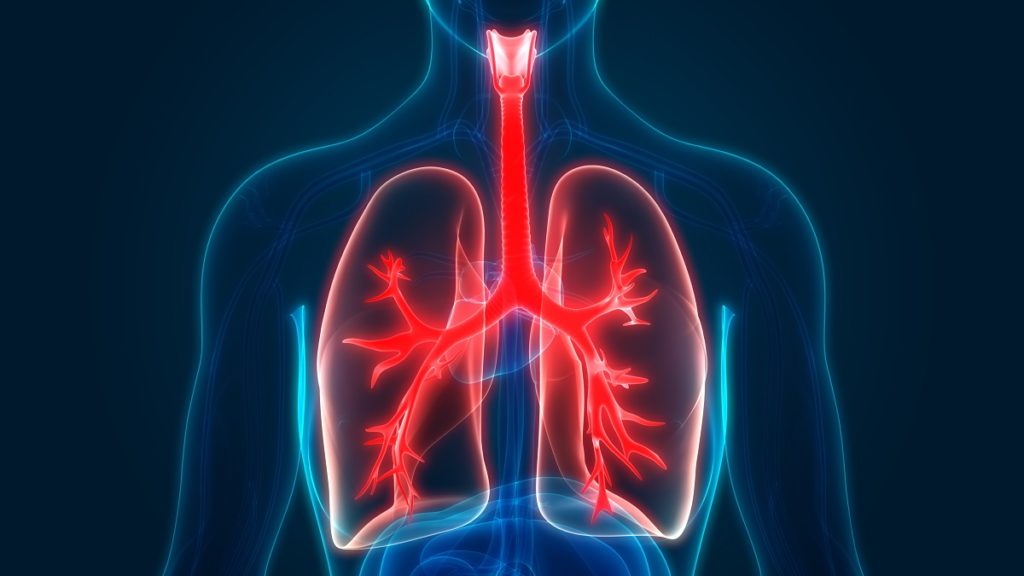Exercise, sports, and almost any physical activity that we partake in will usually involve strength, agility, and stamina. When we’re warming up for specific exercises, we typically stretch our muscles while doing some simple workouts to ensure that oxygen can easily get to these muscles.
As things heat up, our breathing picks up the pace as our blood and our muscles will need even more oxygen to operate. Lung capacity is known for having a major influence on how our body processes oxygen. But as we age, we tend to have less stamina. Most studies suggest that as we grow older, our lung capacity decreases. Therefore, we have to keep our lungs in peak condition as this will determine much of our health in the next few decades.
Lung Capacity versus Stamina

Most of the time, lung capacity is used interchangeably with stamina. Although both have the same definition, lung capacity is a more aspect of our body that influences stamina.
Well, both stamina and lung capacity are closely tied to each other. Still, lung capacity will specifically refer to the volume of air that your lungs can hold for a certain period. Typically, a healthy human adult can hold around six liters of air (or liquid) in its maximum capacity.
As most people age, their lung capacity decreases until most of their stamina is only at a minimum. However, athletes that rely on stamina and endurance will usually exhibit higher lung capacity. Most would say that constantly exposing your lungs to exercise can eventually increase lunch capacity.
When we think of stamina, it encompasses all the major factors of the human body and not just lung capacity. However, lung capacity is still one of the significant factors that can influence stamina.
Stamina is usually determined by these key factors:
- Cardiac output
- The total count of red blood cells
- Strength of skeletal muscles
- The number of mitochondria in cells
- How your body can process oxygen
- Lung capacity
In almost all of these factors, the lungs will play a crucial role in supplying much-needed oxygen to the body. Whether it’s red blood cells, the efficiency of cardiac muscles, or how our body can process our motor functions, oxygen will always be a vital resource, especially in vigorous physical activities.
This, it’s only logical that we look into key practices and exercise that can help us increase our lung capacity.
Fresh Air
There’s nothing like going on a hike in the great outdoors or going jogging in a park surrounded by trees.
Whether you’re jogging, doing some much-needed warm-ups, or some stretching, getting much-needed oxygen is paramount in ensuring that your muscles will work properly. When you’re exercising, being in an environment conducive to exercising can help ensure that you are reaching peak performance.
When we’re exercising, we tend to produce more carbon dioxide when our body requires more oxygen. What’s a sustainable way of getting an adequate supply of fresh air? Having healthy trees around you can help ensure that you are in the right mindset to work out. Fortunately, there are professionals with ISA arborist certification that can ensure that your trees are in a healthy and pristine condition.
Indoor Air Quality
When it comes to working out indoors, dust, pet dander, and allergens can easily become suspended in the air, especially when air circulation is limited to the interiors of your home. That can significantly decrease lung capability and function if not addressed.
Most homeowners would regularly clean their house and ensure that most items are free from dust, which can help improve air quality. Air purifiers are effective ways of reducing the number of particles in the air.
If you’re living in a heavily urbanized area, you might want to keep your airways closed. However, some experts would suggest having better air circulation, especially in the face of a public health crisis.
Regular Physical Activities
Lastly, one of the tried and tested ways of increasing lung capacity is through more regular exercise. Our bodies are designed to adapt to any given situation or environment, and our lung capacity can increase and decrease based on what’s around us. Breathing exercises and core exercises are a great way of growing tolerance and the overall performance of our lungs.
Lung capacity plays a crucial role in our stamina and how well we can regulate our body in intense physical situations. But even though lung capacity does decrease with age, there are still many ways of increasing lung capacity among athletes and sporty individuals. You don’t necessarily have to go out of your way in doing intricate exercises or treatments when there are simple regular exercises that you can do. Maintaining a healthy diet is also a great way of ensuring that your body can easily process resources in more vigorous physical activities.




